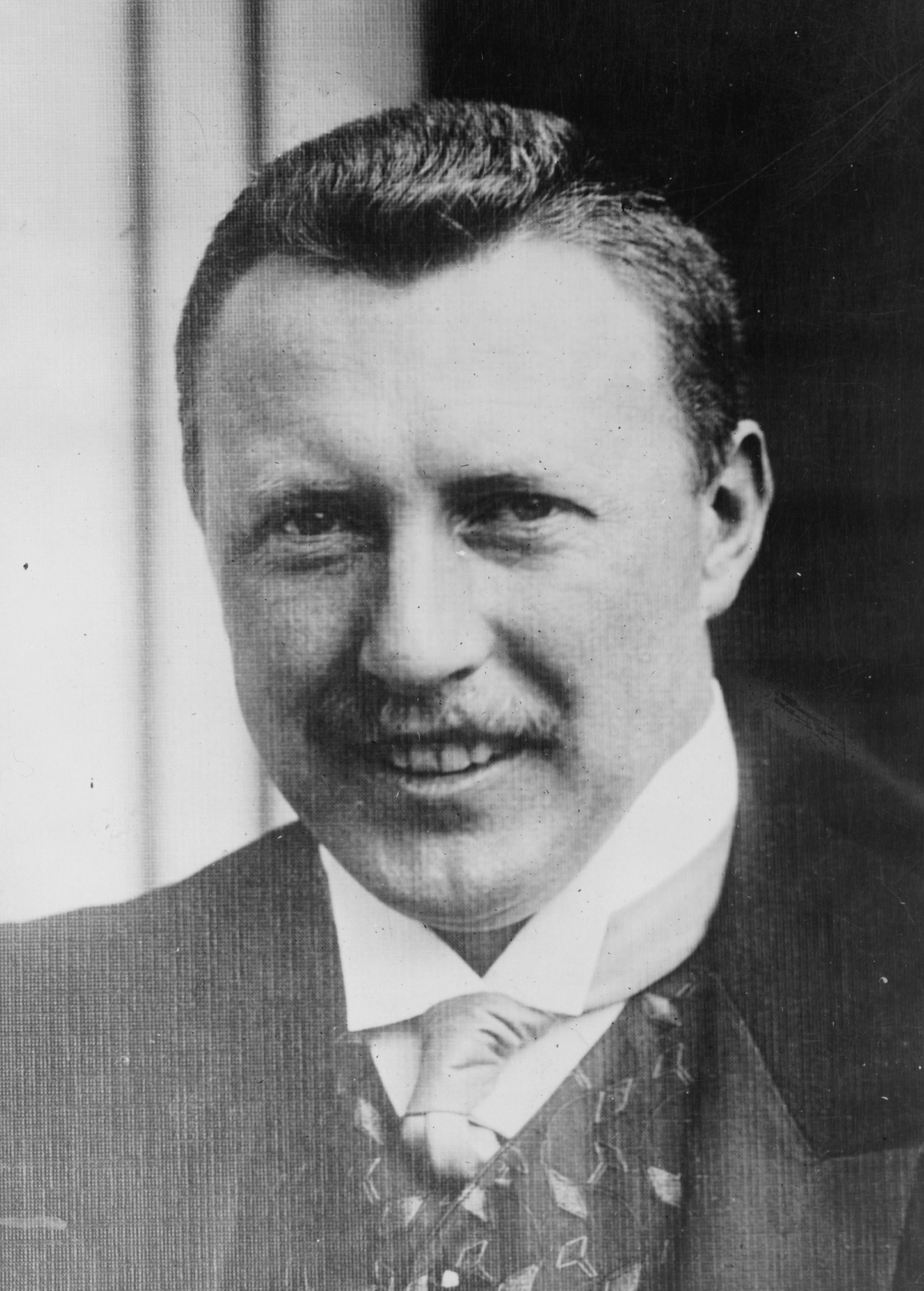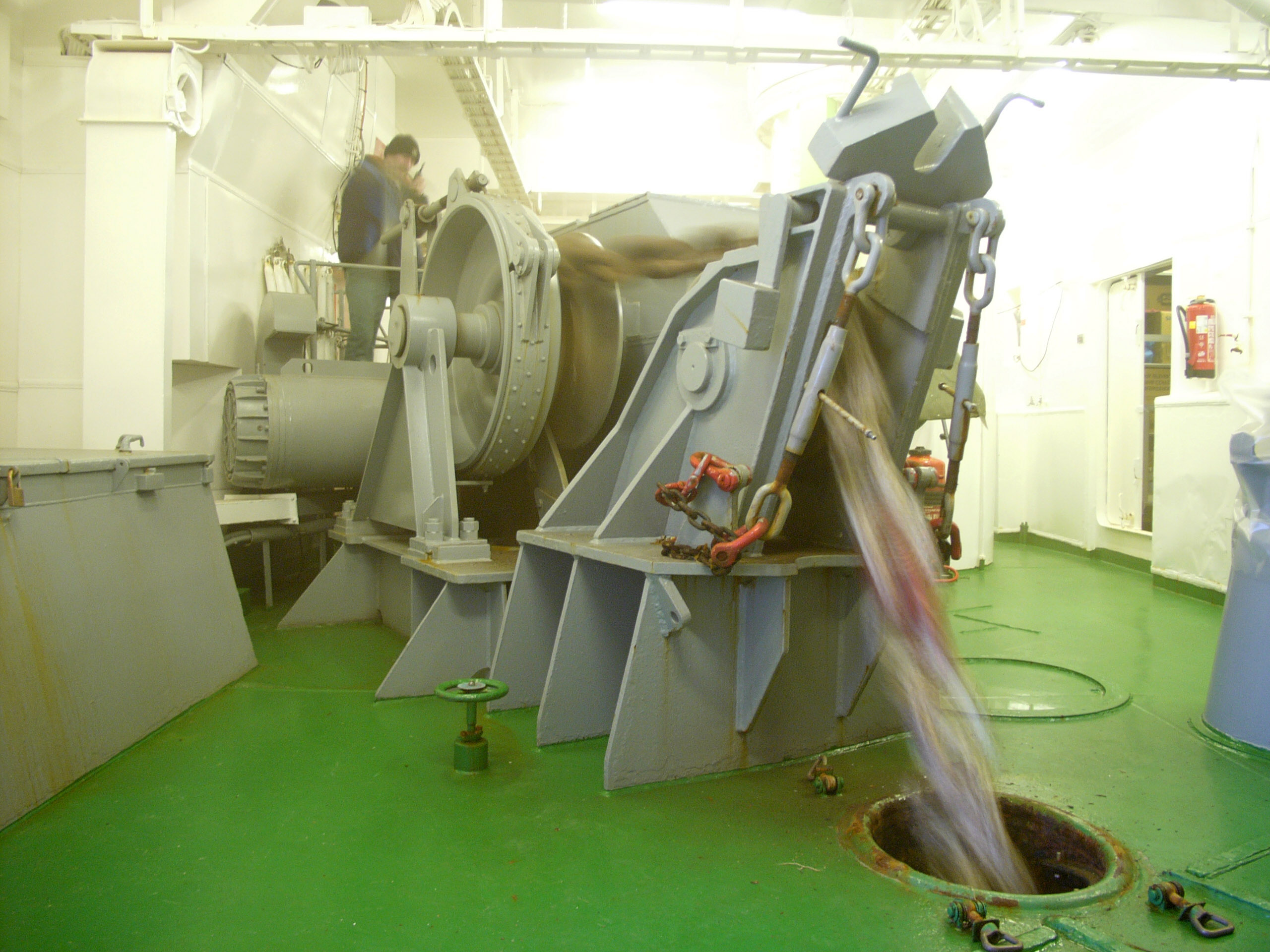|
Fortuna Bay
Fortuna Bay () is a bay long and wide. Its entrance is defined by Cape Best on the west and Robertson Point to the east, near Atherton Peak on the north coast of South Georgia. It was named after the ''Fortuna'', one of the ships of the Norwegian–Argentine whaling expedition under C.A. Larsen which participated in establishing the first permanent whaling station at Grytviken, South Georgia, in 1904–05. The Second German Antarctic Expedition (SGAE) under Wilhelm Filchner explored Fortuna Bay in 1911–12. Discovery Investigations (DI) personnel charted the area during their 1929–30 expedition. Ocean Harbour, 22 miles (35 km) to the southeast, was formerly known as "New Fortuna Bay", but its name was changed in order to avoid confusion with Fortuna Bay. Named features Numerous features on and around Fortuna Bay have been named and charted by various Antarctic expeditions and research groups. The west side of Fortuna Bay's entrance is marked by Cape Best, who ... [...More Info...] [...Related Items...] OR: [Wikipedia] [Google] [Baidu] |
Atherton Peak
Atherton Peak () is a peak rising to about east of Fortuna Bay, South Georgia. It was charted by Discovery Investigations, 1929–30, and named after Noel Atherton, cartographer in the Admiralty Hydrographic Office A hydrographic office is an organization which is devoted to acquiring and publishing hydrographic information. Historically, the main tasks of hydrographic offices were the conduction of hydrographic surveys and the publication of nautical ch ... at the time, later chief Civil Hydrographic Officer, 1951–62. References * Mountains and hills of South Georgia {{SouthGeorgia-geo-stub ... [...More Info...] [...Related Items...] OR: [Wikipedia] [Google] [Baidu] |
South Georgia Island
South Georgia is an island in the Atlantic Ocean, South Atlantic Ocean that is part of the British Overseas Territories, British Overseas Territory of South Georgia and the South Sandwich Islands. It lies around east of the Falkland Islands. Stretching in the east–west direction, South Georgia is around long and has a maximum width of . The terrain is mountainous, with the central ridge rising to at Mount Paget. The northern coast is indented with numerous bays and fjords, serving as harbor, harbours. Discovered by Europeans in 1675, South Georgia had no indigenous population due to its harsh climate and remoteness. Captain James Cook in made the first landing, survey and mapping of the island. On 17 January 1775, Cook claimed it a British possession, naming it "Isle of Georgia" after George III, King George III. Through its history of South Georgia and the South Sandwich Islands, history, it served as a whaling and seal hunting base, with intermittent population scattere ... [...More Info...] [...Related Items...] OR: [Wikipedia] [Google] [Baidu] |
Grytviken
Grytviken ( ) is a Hamlet (place), hamlet on South Georgia in the South Atlantic. Formerly a whaling station, it was the largest settlement on the island. Grytviken is located at the head of King Edward Cove within the larger Cumberland East Bay, considered the best harbour on the island. The location's name, meaning "pot bay", was coined in 1902 by the Swedish Antarctic Expedition and documented by the surveyor Johan Gunnar Andersson, after the expedition found old English try pots used to render Pinniped, seal oil at the site. Settlement was re-established on 16 November 1904 by Norwegian Antarctic explorer Carl Anton Larsen on the long-used site of former whaling settlements. Grytviken is built on a substantial area of sheltered, flat land and has a good supply of fresh water. Although it was the largest settlement on South Georgia, the island's administration was based at the nearby British Antarctic Survey research station at King Edward Point. The whaling station closed in ... [...More Info...] [...Related Items...] OR: [Wikipedia] [Google] [Baidu] |
Second German Antarctic Expedition
The Second German Antarctic Expedition of 1911–1913 was led by Wilhelm Filchner in the exploration ship . Its principal objective was to determine whether the Antarctic continent comprised a single landmass rather than separated elements, and in particular whether the Weddell Sea and Ross Sea were connected by a strait. In addition, an extensive programme of scientific research was undertaken. The expedition failed to establish a land base, and the ship became beset in the Weddell Sea ice, drifting north for eight months before reaching open water. The expedition was marred by considerable disagreement and animosity among its participants, and broke up in disarray. The expedition secured the patronage of Luitpold, Prince Regent of Bavaria, who formed a fundraising committee which organised, among other activities, a public lottery. After leaving Germany early in May 1911, the expedition carried out a thorough oceanography, oceanographic survey of the Atlantic Ocean before arriv ... [...More Info...] [...Related Items...] OR: [Wikipedia] [Google] [Baidu] |
Wilhelm Filchner
Wilhelm Filchner (13 September 1877 – 7 May 1957) was a German army officer, scientist and explorer. He conducted several surveys and scientific investigations in China, Tibet and surrounding regions, and led the Second German Antarctic Expedition, 1911–13. As a young military officer, Filchner gained an early reputation for dash and daring, following his travel exploits in Russia and the Pamir Mountains range. After further technical studies, he developed expertise in geography and geophysics, before leading a major scientific survey in Tibet and western China in 1903–05. In 1909 he was appointed to organise and lead the forthcoming German expedition to the Antarctic, with both scientific and geographical objectives involving extensive exploration of the continent's interior. During the expedition his ship became trapped in the Weddell Sea ice, drifting for eight months and preventing Filchner from establishing a land base, thus failing in its main objective. Although impor ... [...More Info...] [...Related Items...] OR: [Wikipedia] [Google] [Baidu] |
Discovery Investigations
The Discovery Investigations were a series of scientific cruises and shore-based investigations into the biology of whales in the Southern Ocean. They were funded by the British Colonial Office and organised by the Discovery Committee in London, which was formed in 1918. They were intended to provide the scientific background to stock management of the commercial Antarctic whale fishery. Discovery Investigations contributed greatly to knowledge of the whales, the krill they fed on and their habitat's oceanography, while charting the local topography, including Atherton Peak. They continued until 1951, with the final report published in 1980. Collected specimens are in the Discovery Collections.Skinner, L. (2020)The Mini Monsters National Maritime Museum Cornwall, 12 February 2020. Laboratory Shore-based work on South Georgia took place in the marine laboratory, Discovery House, built in 1925 at King Edward Point and occupied until 1931. The scientists lived and worked in t ... [...More Info...] [...Related Items...] OR: [Wikipedia] [Google] [Baidu] |
Ocean Harbour
Ocean Harbour () is a deeply indented bay on Barff Peninsula on the north coast of South Georgia which is entered west-northwest of Tijuca point. It was a whaling station between 1909 and 1920. At one point, South Georgia was the whaling capital of the world. The names New Fortune Bay and Neufortuna Bay, probably for the whaling catcher ''Fortuna'' (owned by the Norwegian-Argentine whaling company Pesca), were used for this site in 1922 by Filchner, following the German Antarctic Expedition, 1911–12. In 1951–52 the island was surveyed by the South Georgia Survey who reported the site was known to whalers and sealers as Ocean Harbour, a name derived from the Ocean Whaling Co. which at one time had a station there. The name Ocean Harbour is approved for this feature on the basis of local usage, and also to avoid confusion of the name New Fortuna Bay with Fortuna Bay, only to the northwest. History Old sealing trypots can still be seen here, and there is also the wreck o ... [...More Info...] [...Related Items...] OR: [Wikipedia] [Google] [Baidu] |
Best Peak
Best Peak () is a peak, high, standing southwest of Illusion Point, Fortuna Bay, on the north coast of South Georgia. The name appears to be first used on a 1931 British Admiralty The Admiralty was a Departments of the Government of the United Kingdom, department of the Government of the United Kingdom that was responsible for the command of the Royal Navy. Historically, its titular head was the Lord High Admiral of the ... chart. References * Mountains and hills of South Georgia {{SouthGeorgia-geo-stub ... [...More Info...] [...Related Items...] OR: [Wikipedia] [Google] [Baidu] |
Anchor
An anchor is a device, normally made of metal, used to secure a vessel to the bed of a body of water to prevent the craft from drifting due to wind or current. The word derives from Latin ', which itself comes from the Greek (). Anchors can either be temporary or permanent. Permanent anchors are used in the creation of a mooring, and are rarely moved; a specialist service is normally needed to move or maintain them. Vessels carry one or more temporary anchors, which may be of different designs and weights. A sea anchor is a drag device, not in contact with the seabed, used to minimize drift of a vessel relative to the water. A drogue is a drag device used to slow or help steer a vessel running before a storm in a following or overtaking sea, or when crossing a bar in a breaking sea. Anchoring Anchors achieve holding power either by "hooking" into the seabed, or weight, or a combination of the two. The weight of the anchor chain can be more than that of ... [...More Info...] [...Related Items...] OR: [Wikipedia] [Google] [Baidu] |
Breakwind Ridge
Breakwind Ridge () is a prominent rocky ridge which is long in a north–south direction and rises to , close southwest of the head of Fortuna Bay on the north coast of South Georgia. The name "Breakwind Range" was likely applied by Discovery Investigations personnel who mapped Fortuna Bay in 1929–30. Following a resurvey by the South Georgia Survey The South Georgia Survey was a series of expeditions to survey and map the island of South Georgia, led by Duncan Carse between 1951 and 1957. Although South Georgia had been commercially exploited as a whaling station during the first half of t ..., 1951–52, the descriptive term was altered to "ridge", which is more suitable for this relatively small feature. The name suggests a beneficial function of this ridge in protecting anchorages at Fortuna Bay from violent southwest and westerly winds. References Ridges of Antarctica {{SouthGeorgia-geo-stub ... [...More Info...] [...Related Items...] OR: [Wikipedia] [Google] [Baidu] |
Hillock
A hillock or knoll is a small hill,The Free Dictionary "hillock" entry, retrieved December 18, 2007 usually separated from a larger group of s such as a range. Hillocks are similar in their distribution and size to small mesas or s. This particular formation occurs often in and |




